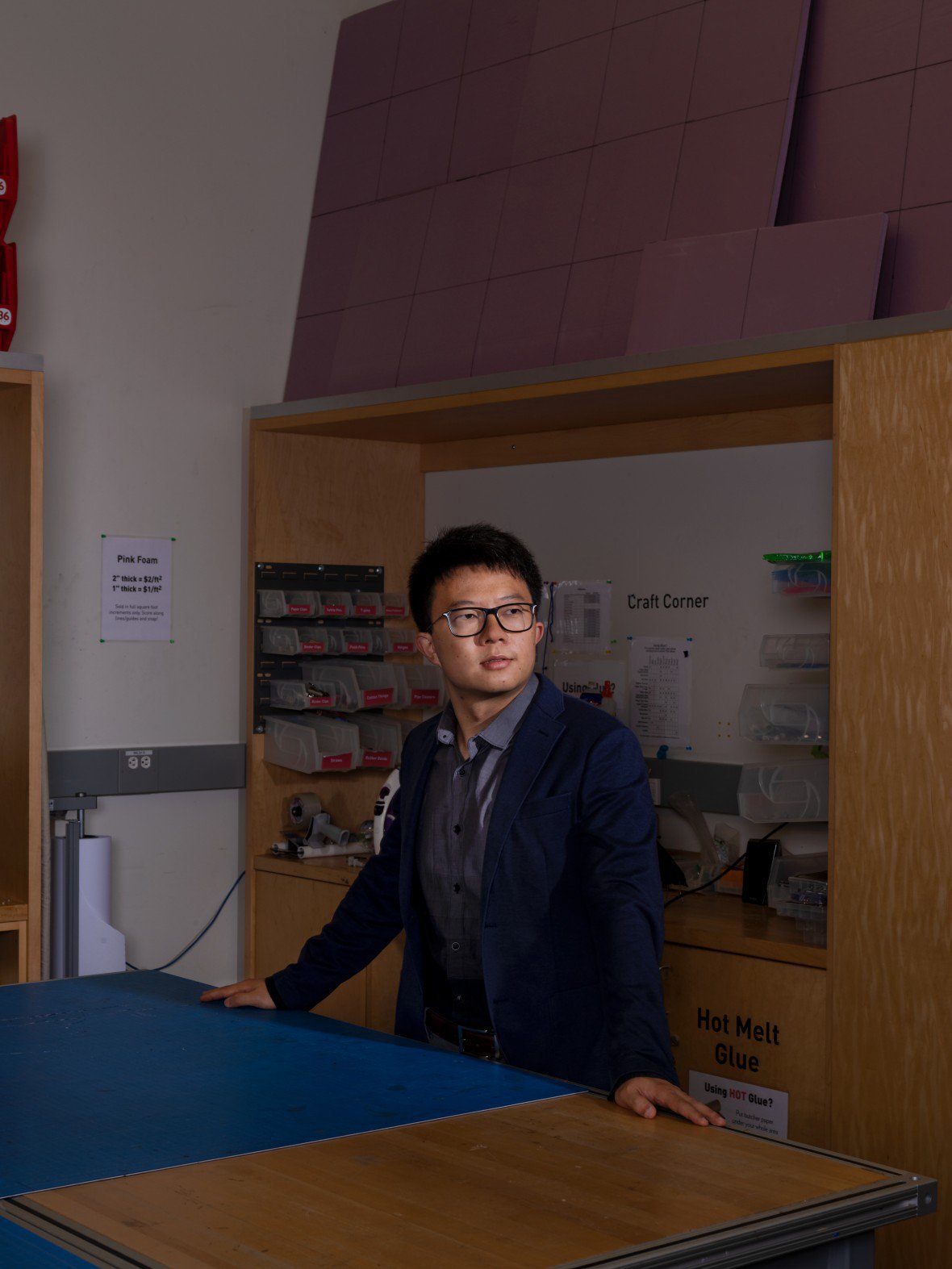Artificial intelligence & robotics
Jinxing Li
His tiny robots can be programmed to treat infection

Europe
Paul-Adrien Menez
His AI app could avoid the waste of 1.5 billion tons of food

Global
Azalia Mirhoseini
She taught an AI to design AI chips

China
Danqi Chen
Teaching machines how to read

Global
Kimberly Stachenfeld
She used reinforcement learning to better understand problem solving in both the human brain and AI systems
